
The County of Berguedà in Catalonia, in the foothills of the Pyrenees, is leading the way in Spain in promoting Eco-Tourism - hotels, camping sites and restaurants already sport the EU Ecolabel. Organic food and wine are also on the menu.
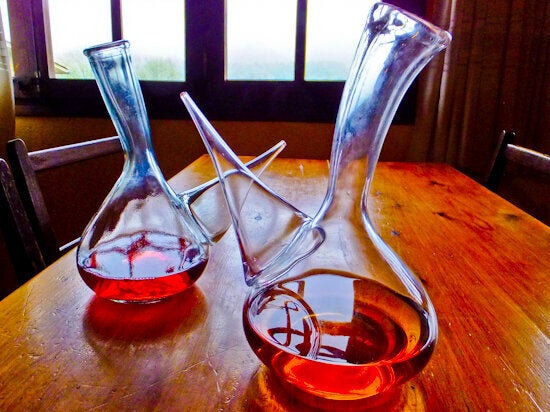
It's only about an hour's drive north of Barcelona before the hills start rising around you and you find yourself on the edge of the Pyrenees. This is a wild country, once heavily industrialised, but now the playground of Barceloni escaping their city for the weekend. They appreciate the value of their environment and, as a result, out of 19 Spanish EU Ecolabel certifications, 13 of them are in Catalonia.

Industrial Heritage
Catalonia was one of the first Mediterranean countries to be industrialised, reaching a peak in the first three decades of the 20th century. There were plentiful supplies of water, which originally powered the textile mills, then coal became the main source of energy. To feed this demand, mines in the North of the region mushroomed and workers flocked here from all over Spain. Company towns sprung up, where employees were housed and fed, but had very few rights.
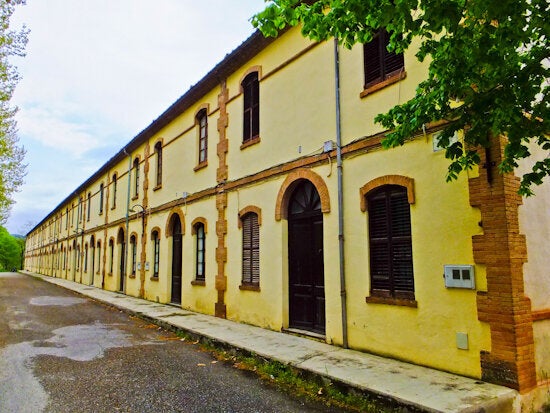
The mines and factories were closed in the 1980's but some of these have been transformed into museums. The Colonia Cal Vidal, in Puig-reig, is a perfectly preserved workers' village, complete with school, library and cinema. You can visit the classrooms, see the apartments where they lived and get a tour of the factory, still with working machinery. It's a beautifully peaceful spot nowadays, and the surrounding forests have been regenerated, after being decimated by acid rain.
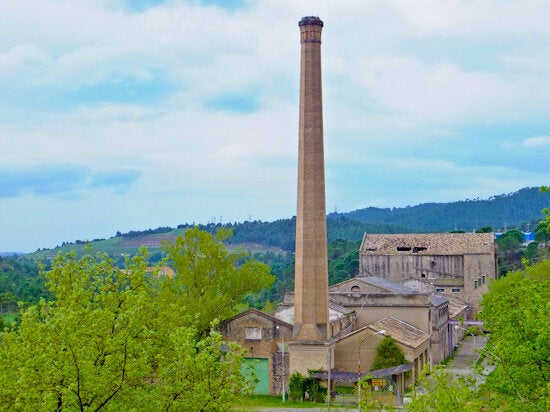
Another museum which is worth a visit is the Riutort Petrol Mine, home to a failed scheme to extract oil from the rocks. Entering a narrow tunnel in the side of the hillside, all is eerily dark, until the guide turns on the light, and leads you through the galleries. Tar still seeps from the walls, but today the mine is only home to bats and salamanders, as it proved too expensive to extract the oil.

Berga
Berga is the tiny capital of Berguedà County, with only 14,000 inhabitants. Narrow alleys, surrounded by stone houses, lead upwards, giving stunning views over the surrounding countryside. The heart of the town is the Placa Sant Pere where every year, at Corpus Christi, the Patum festival is held.
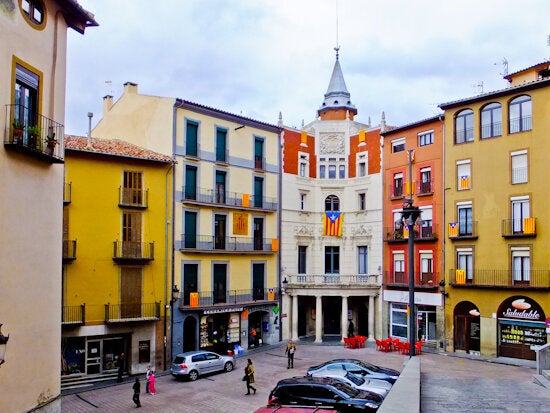
Over five days,to the beat of the El Tabal drum, giant papier-mâché figures dance through the streets. The climax comes when all the town's lights are turned off, and people wearing a thousand firecrackers set them off in the square. Their performance lasts only five minutes but, during that time, the tiny space is transformed into Hell on Earth, brimming with fire. You need nerves of steel to take part.

A few kilometres above the town is the Sanctuary of Queralt, the end of the long distance Camí dels Bons Homes hiking trail from the Castle of Montsegur in France. This follows the escape route the Cathars took when they fled persecution from the Inquisition between the 12th century and 14th centuries. It's a tough eight day route over the Pyrenees but well worth the effort and can be done in either direction.
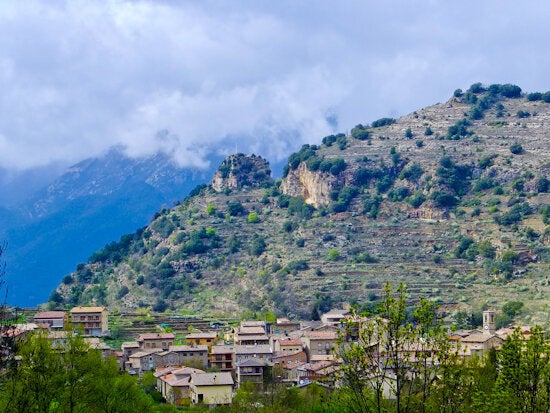
Natural Parc del Cadí-Moixeró
Heading north, you arrive at the Natural Parc del Cadí-Moixeró, and Guardiola de Berguedà makes a good base. Along with campsites, You've a choice of two green places to stay - Hotel Cal Duaner is a simple inn which takes its Eco responsibilities seriously and Molí del Casó, in Bagà, is an old mill converted into farmhouse. Their organic vegetable garden provides ingredients for the delicious meals prepared by chef Conxita Casseras who trained with Alain Ducasse. She also gives cooking lessons and you'll get to eat the food you make and wash it down with organic Catalan wine.
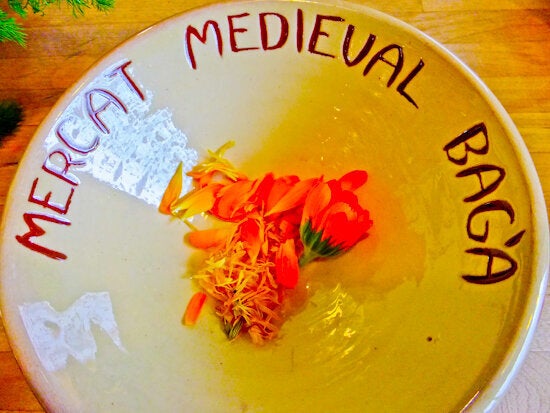
There are 453 kilometres of marked walking trails in the park, with the 2500m ascent of the twin peaks of Pedraforca a real challenge. If you don't feel up to this you can circuit the park on mountain bikes or go kayaking on the lakes and rivers. At the end of my trip, I'm suddenly reminded of the importance of sustainable tourism and why it's important to do our bit to combat climate change. I'm visiting Sant Jaume de Frontanyà, the smallest village in Catalonia, and suddenly it starts snowing in huge flakes. It's nearly May but I'm forced to take refuge in the majestic Romanesque church. Who said the rain in Spain stays mainly on the plain?
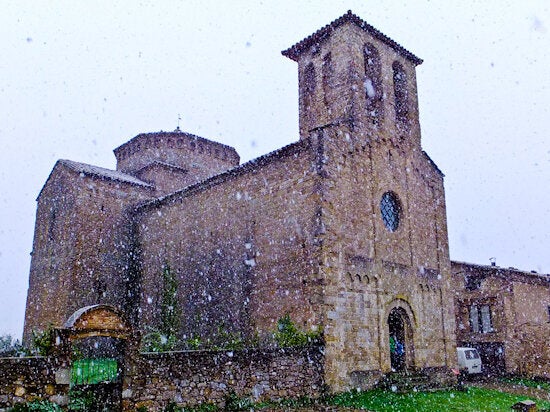
Barcelona Tourism has information about the city.
Turisme del Berguedà has details about the region.
The Catalan Tourist Board has information about Catalonia.
Club Emas has advice on sustainability and Eco-Management.